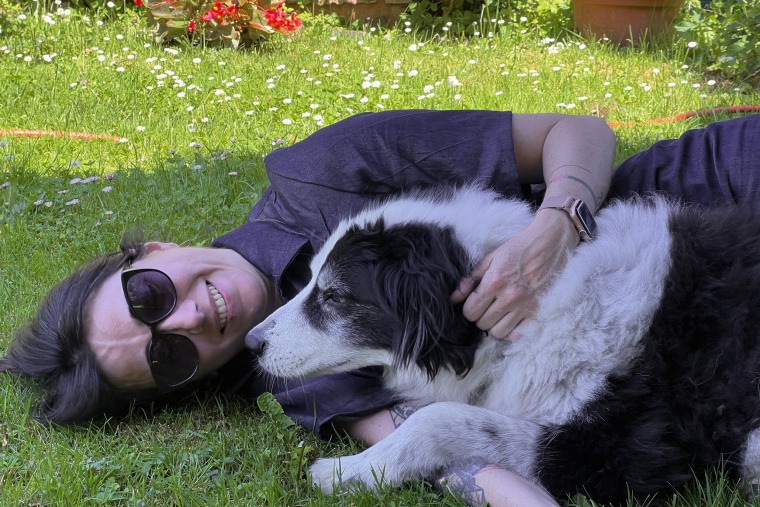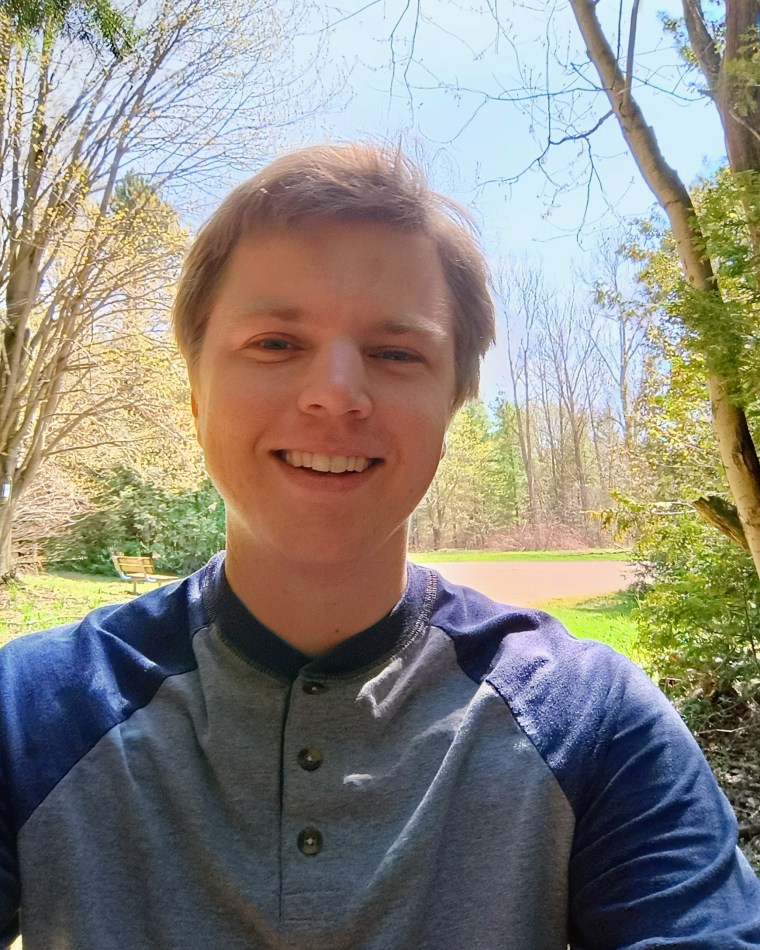People who learn they have autism after age 6 — the current median age at diagnosis — are often described as having a “milder” form of autism than people diagnosed as toddlers.
A new study challenges that assumption.
A genetic analysis finds that people with autism spectrum disorder diagnosed in late childhood or adolescence actually have “a different form of autism,” not a less severe one, said Varun Warrier, senior author of a study published Wednesday in Nature.
The “genetic profile” of people with late-diagnosis autism actually looks more like depression, attention-deficit/hyperactivity disorder and post-traumatic stress disorder than early childhood autism, said Warrier, an autism researcher at the University of Cambridge.
The study illustrates that autism is not a single condition with one root cause, but rather an umbrella term for a cluster of conditions with similar — although not identical — features, said Geraldine Dawson, founding director of the Duke Center for Autism and Brain Development, who wasn’t involved in the new report.
Alycia Halladay, chief science officer at the Autism Science Foundation, who wasn’t involved in the study, said: “This paper reinforces yet again how complex autism is and how much genetics plays a role not just in a diagnosis but in the features of that diagnosis. There is no one cause of autism, despite claims against Tylenol.”
Authors of the new study analyzed long-term social, emotional and behavioral information about children in the United Kingdom and Australia, as well as genetic data about more than 45,000 autistic people in Europe and the United States.
Different genetic profiles
Researchers didn’t focus on a single gene or even a few genes. Instead, they looked at sets of thousands of genetic variants that together influence particular traits.
While one genetic profile may lead to difficulties with social interactions during the toddler or preschool years, another set of genes may cause an increase in such problems during late childhood and beyond, Warrier said.
The new study suggests that some autistic children “develop differently and may not receive a diagnosis earlier on because their features may not yet have clearly emerged,” Warrier said. “It is important to understand what these features are and ensure that we are assessing autistic people across the lifespan.”
Most autism diagnoses are made before age 18, with 22% of diagnoses occurring by age 4, 20% from 5 to 8, 15% from 9 to 12 and 16% from 13 to 17.
Adult diagnoses are more common in women. Twenty-five percent of women with autism were diagnosed at age 19 or older last year, compared with 12% of men, according to Epic Research.
In the study, adolescents diagnosed with autism had more difficulties managing emotional issues and relationships with peers than other kids.
That was the struggle for Adeline Lacroix of Toronto.
Lacroix, now 42, who was raised in France, had trouble making friends as a child. She “wondered why in school we learned things that were to me quite easy, such as mathematics, but we didn’t learn how to make friends, which for me was much more difficult,” she said.
Lacroix often didn’t understand when other people were being ironic or making a joke. Although she got good grades, “I felt I was very dumb because I didn’t understand a lot of things.”

Her frustration led to depression and thoughts of death. “I didn’t really want to die, but at the same time I was so tired,” she said.
Her life changed when she was diagnosed with autism at age 30. Suddenly, she realized why understanding conversations was so hard.
She changed careers, abandoning her old job as a schoolteacher to pursue a doctorate in psychology and neuroscience. Lacroix now has a supportive partner and a job she loves at the Center for Addiction and Mental Health in Toronto, where she researches women and girls with autism.
“I’m very happy with my life,” she said.
Although many young people with autism are still diagnosed relatively late in childhood because of a lack of screening and resources in their communities, increased awareness and wider access to testing have helped lower the age at which children are diagnosed with autism, allowing them to get critical early support.
Increased acceptance of neurodiversity is also motivating a growing number of teens and adults to seek out testing for autism, which can involve difficulties in communication and social interactions, as well as restricted or repetitive behaviors or interests. From 2011 to 2022, autism diagnoses among adults 26 to 34 grew by 450%, the largest relative increase among any age group.
In the Nature study, the first to link a genetic profile to the timing of autism diagnosis, newly diagnosed adolescents had an increased risk of depression.
The increase in depression could stem from both a genetic predisposition and a lack of support faced by young people whose unique learning needs and social challenges go unaddressed for years, Warrier said.
“Children who have undiagnosed autism may not receive the support they need,” he said. “They may be bullied, excluded and may be vulnerable socially. It is only when they are struggling that caregivers seek out professional help and they receive an autism diagnosis.”
In future research, he said, Warrier hopes to study how a person’s social environment — whether supportive or hostile — affects the risk of depression in later-diagnosed people. Although school and community services often focus on youngsters, Warrier said it’s important to support people with autism of all ages.
The emotional toll of trying to blend in
Sam Brandsen, who grew up in a small town in Iowa where few people were familiar with autism, didn’t get that critical support.
In the sixth grade, he was bullied for being different. Kids made fun of him for rocking back and forth, a behavior that he found soothing. Boys shoved him into lockers and tied his shoelaces to his desk to make him fall.
By force of will, he managed to sit still at his desk. But the mental and emotional effort he expended took a heavy toll, Brandsen said, causing him to suffer panic attacks between classes.

Brandsen, now 31, said he wasn’t diagnosed with autism until four years ago, after his 18-month-old son was diagnosed with it.
Like Lacroix, Brandsen said he felt relieved to better understand himself. Instead of wasting energy to act like everyone else, he said, “I’d rather use that energy to just be a kinder person.”
Brandsen said he can understand why people with autism who are diagnosed later in life may have a greater risk of mental distress.
“You know that you’re different, but you don’t really have a framework for understanding what that difference is,” said Brandsen, a part-time postdoctoral researcher at the University of Alberta in Canada and a member of the Autism Society’s Council of Autistic Advisors. “You’re trying to make sense of rules that seem to make sense to everyone else, and you don’t know why it’s not clicking for you.”
Although Brandsen said he understands why scientists want to study the causes of autism, he said he hopes they will spend more time researching ways to help people with autism lead full, independent lives.
His son has a number of disabilities, Brandsen said, but the boy also experiences tremendous joy.
“There’s so many ways that he’s changed my life profoundly for the better, even if it’s been kind of a harder path at times,” Brandsen said. “But then he can also take so much joy from just watching a train.”
If you or someone you know is in crisis, call or text 988, or go to 988lifeline.org, to reach the Suicide & Crisis Lifeline. You can also call the network, previously known as the National Suicide Prevention Lifeline, at 800-273-8255, or visit SpeakingOfSuicide.com/resources.
Source link


